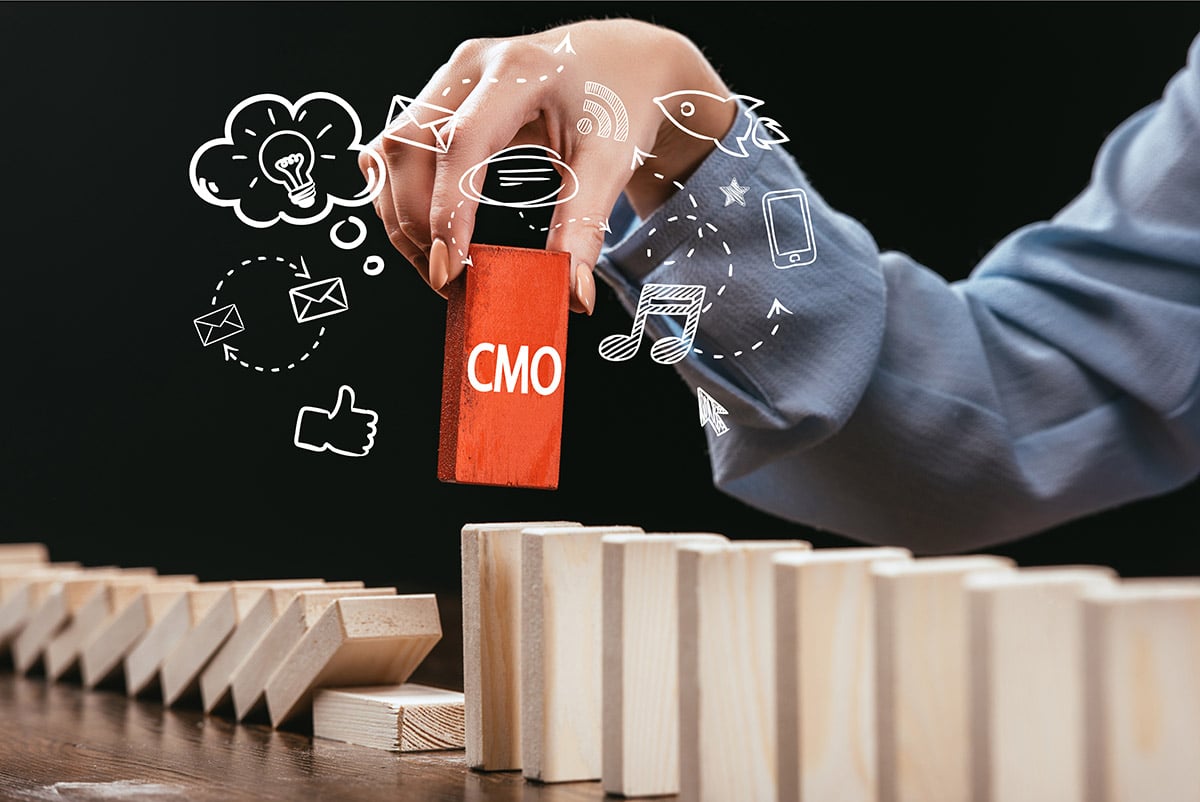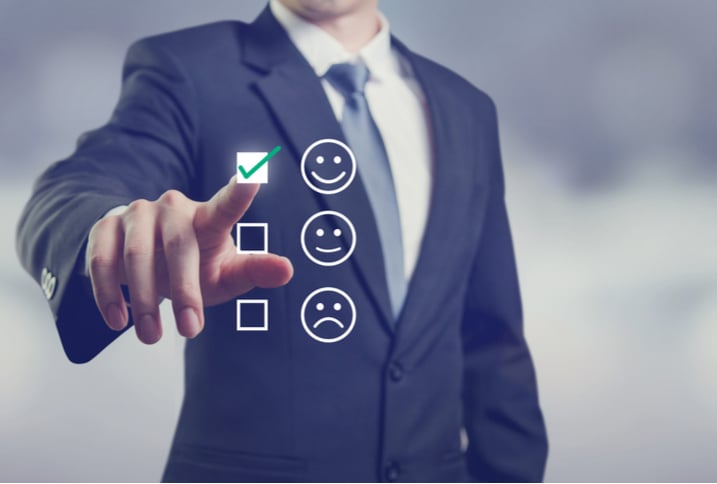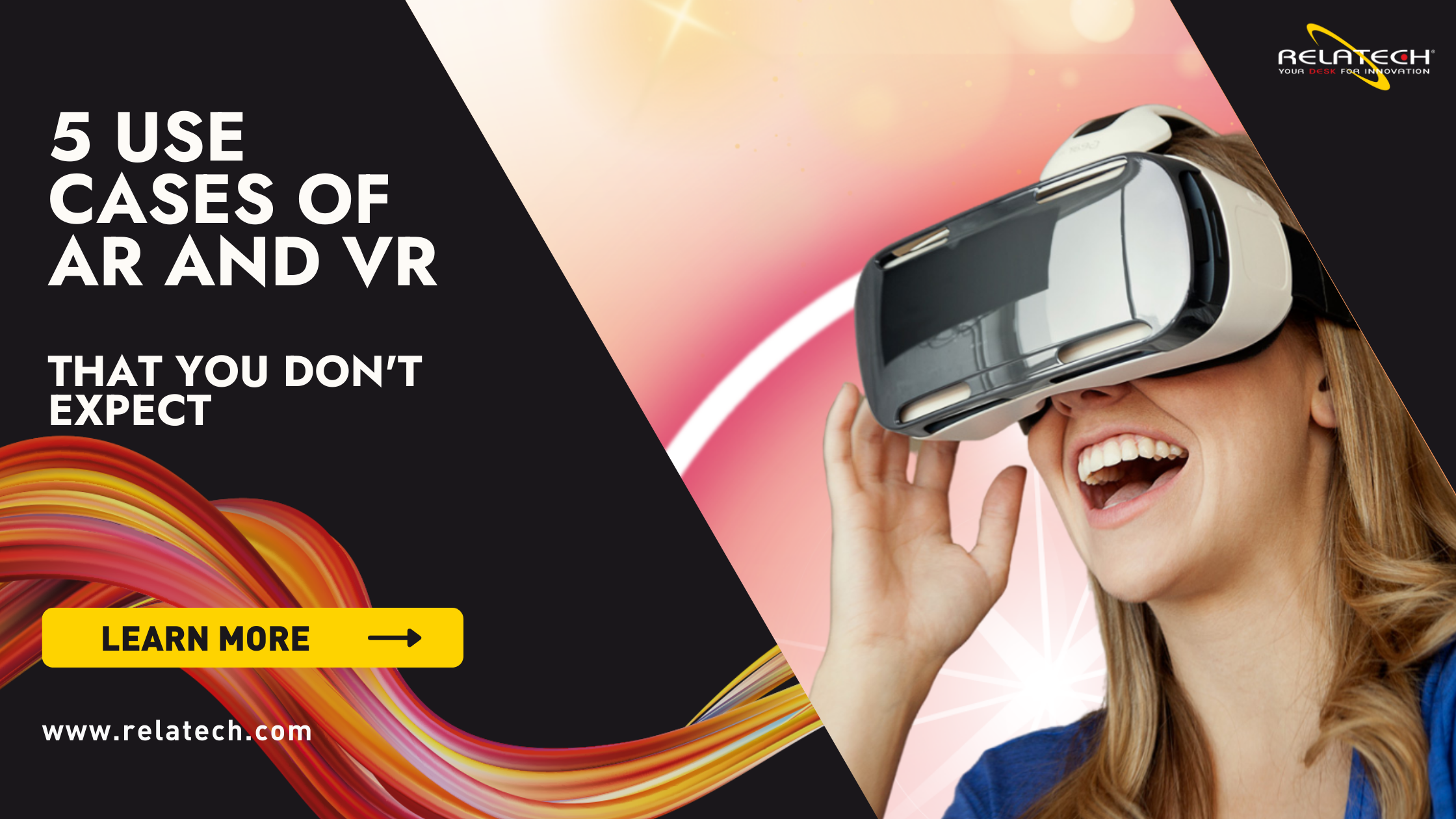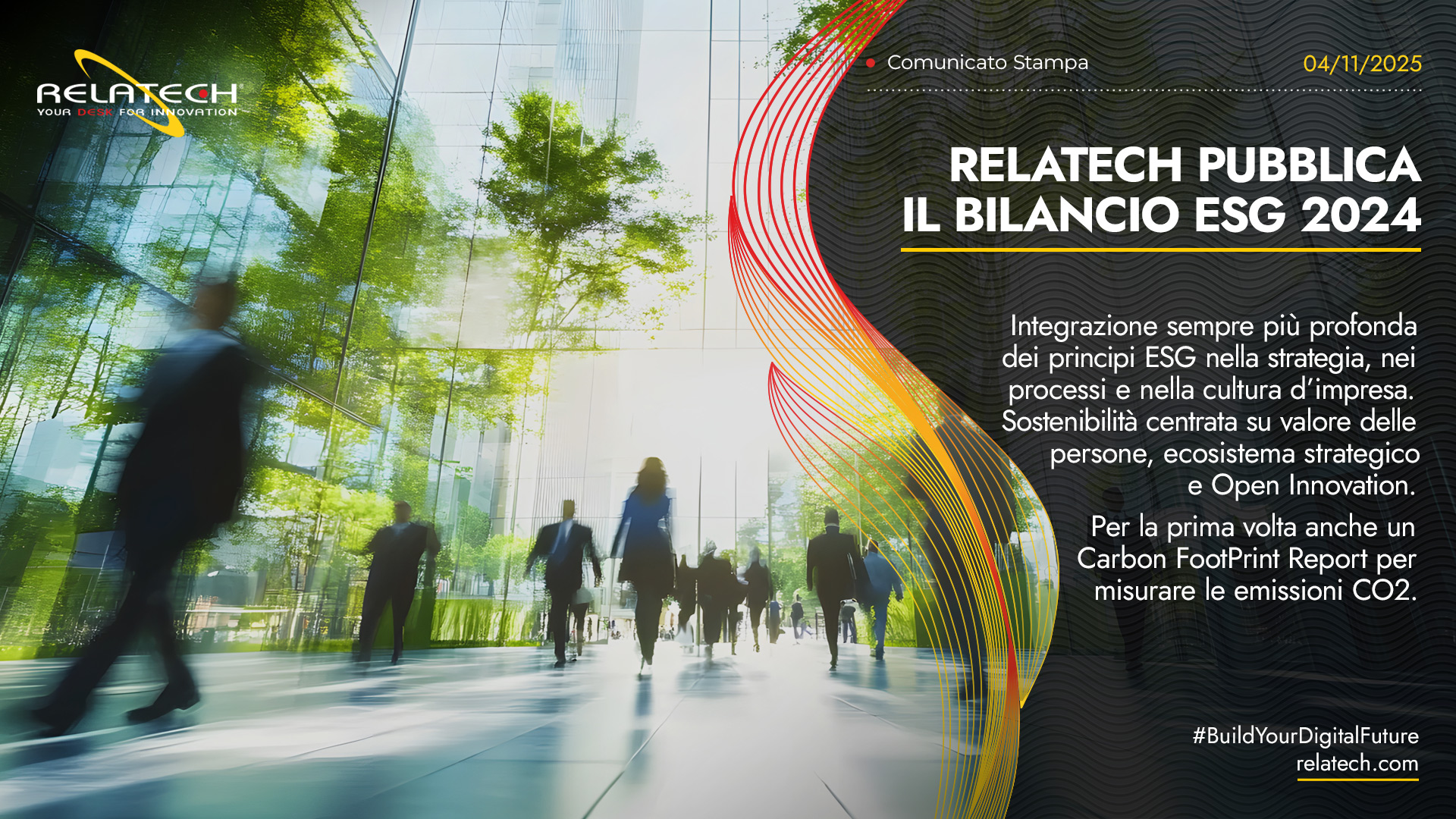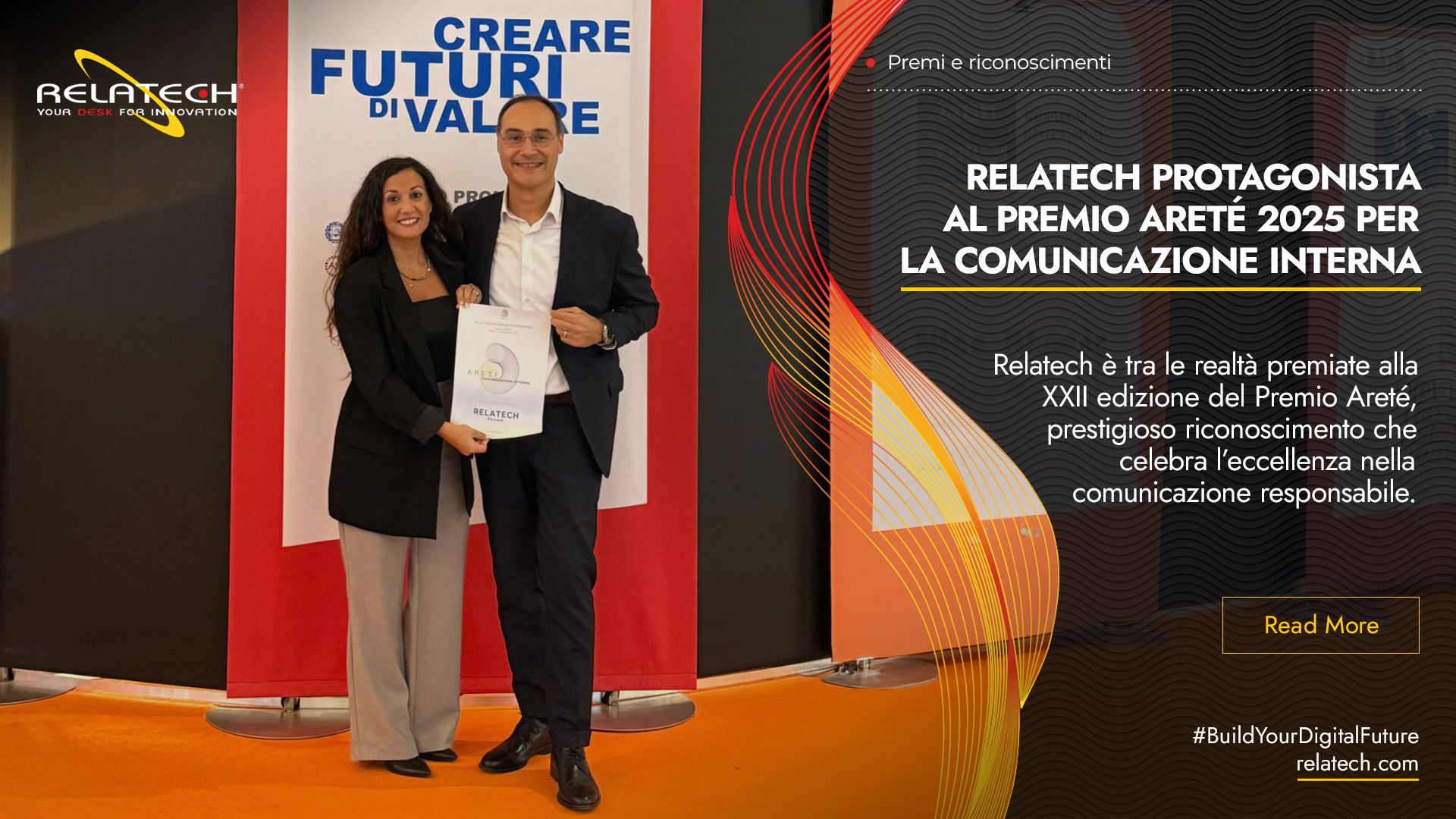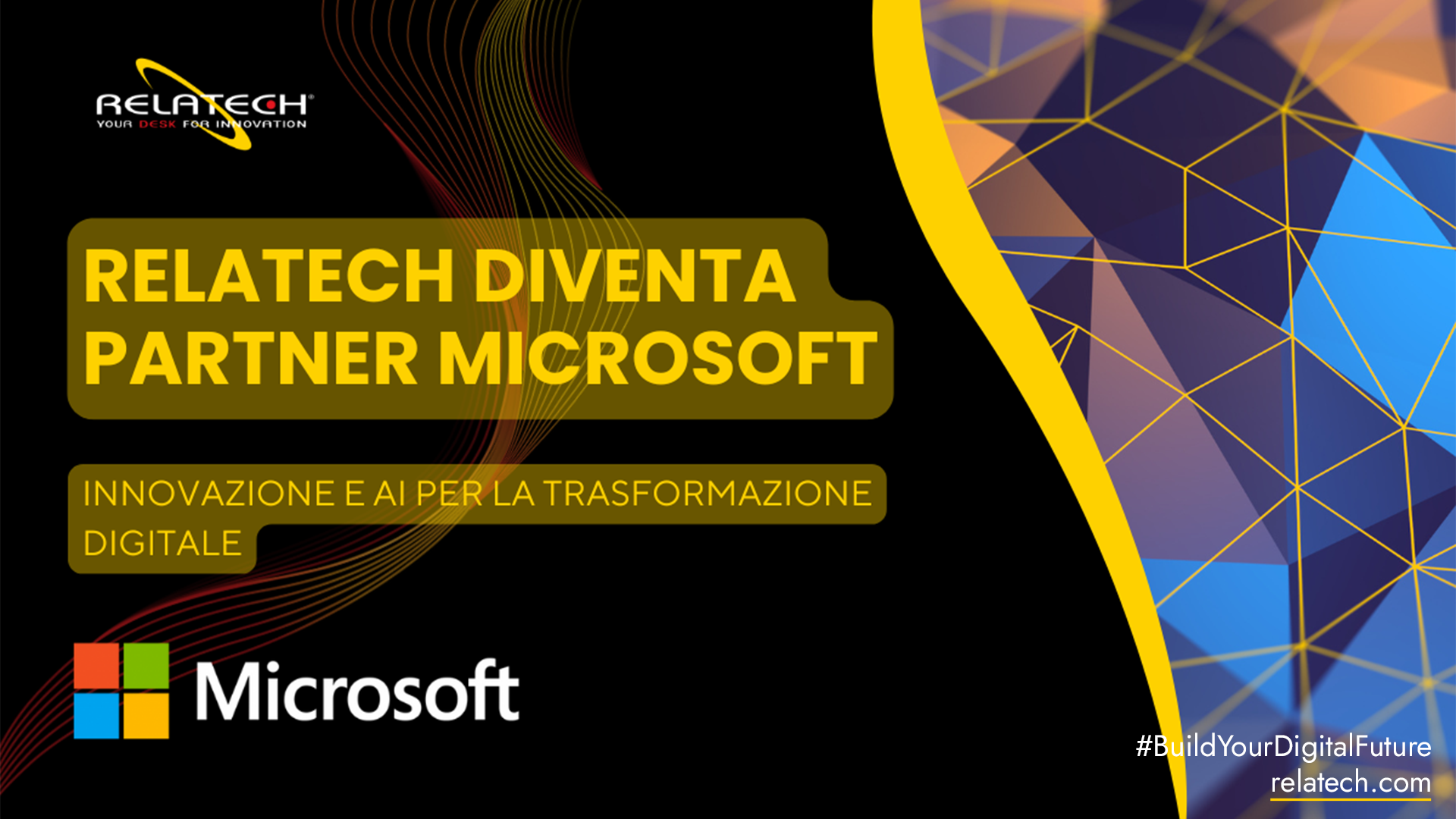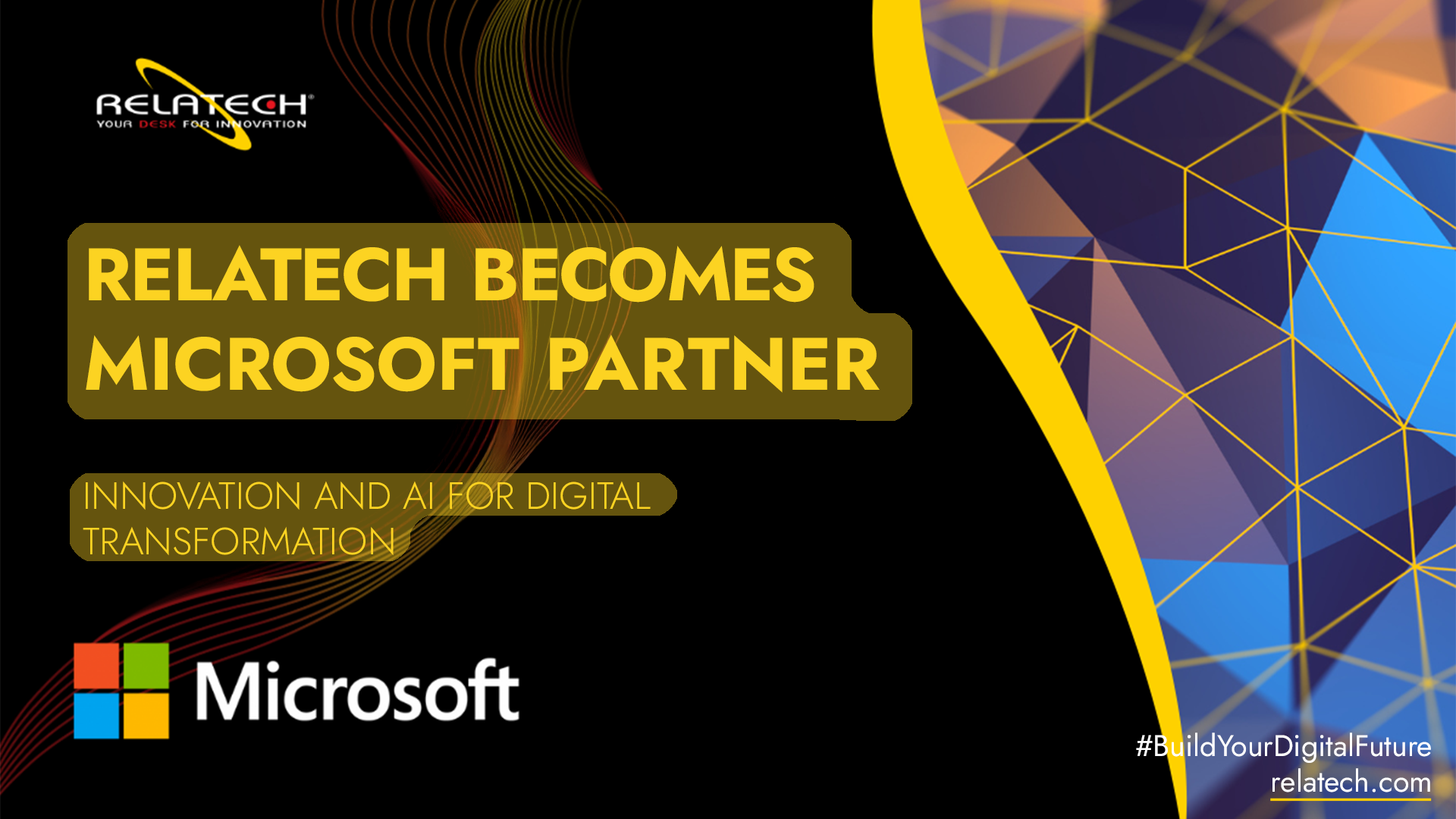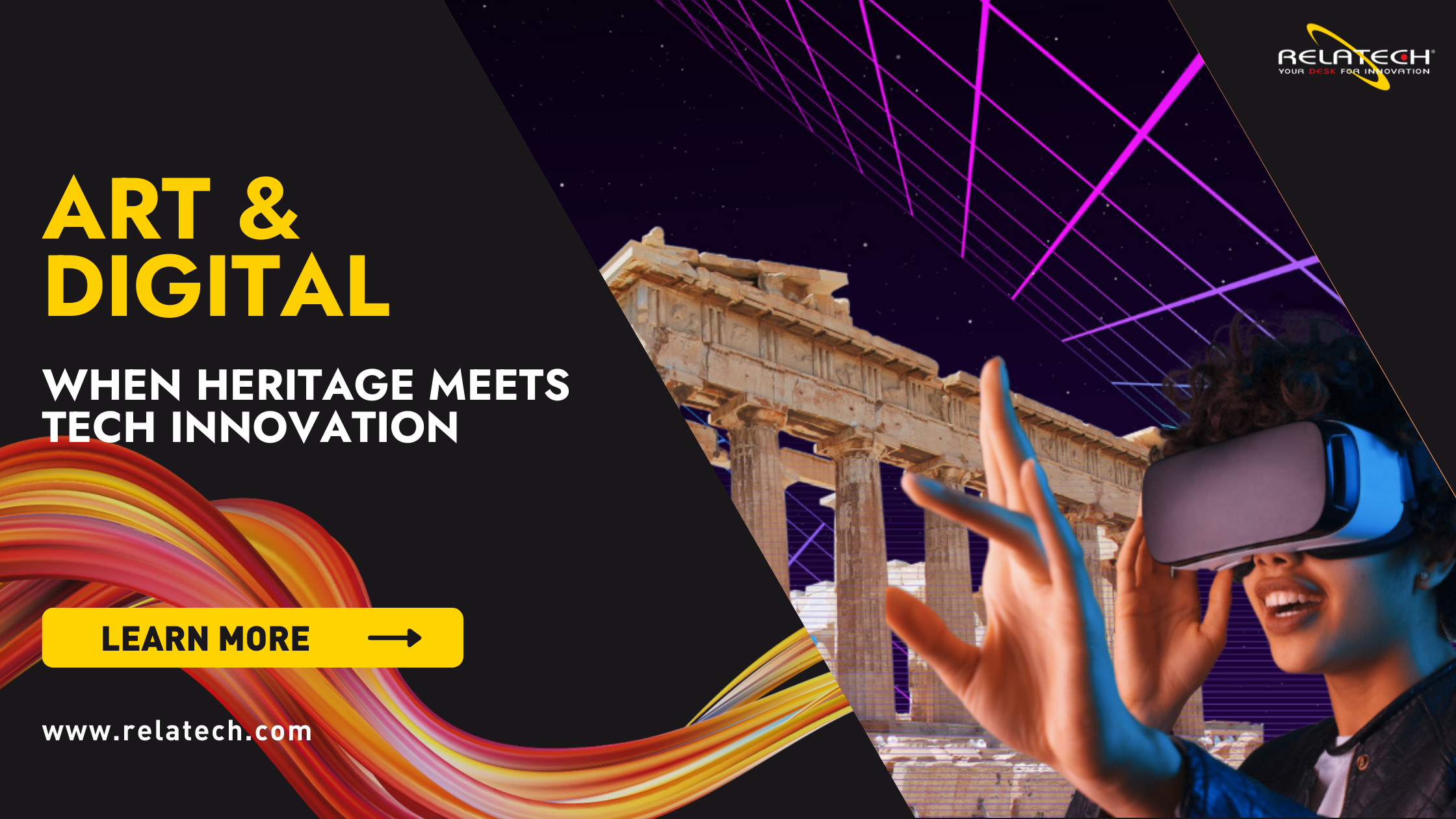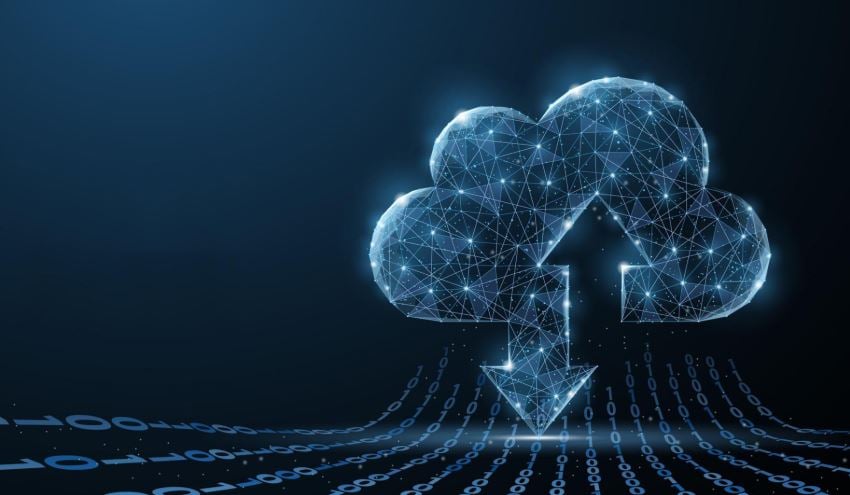Three strategies to predict consumer buying behavior
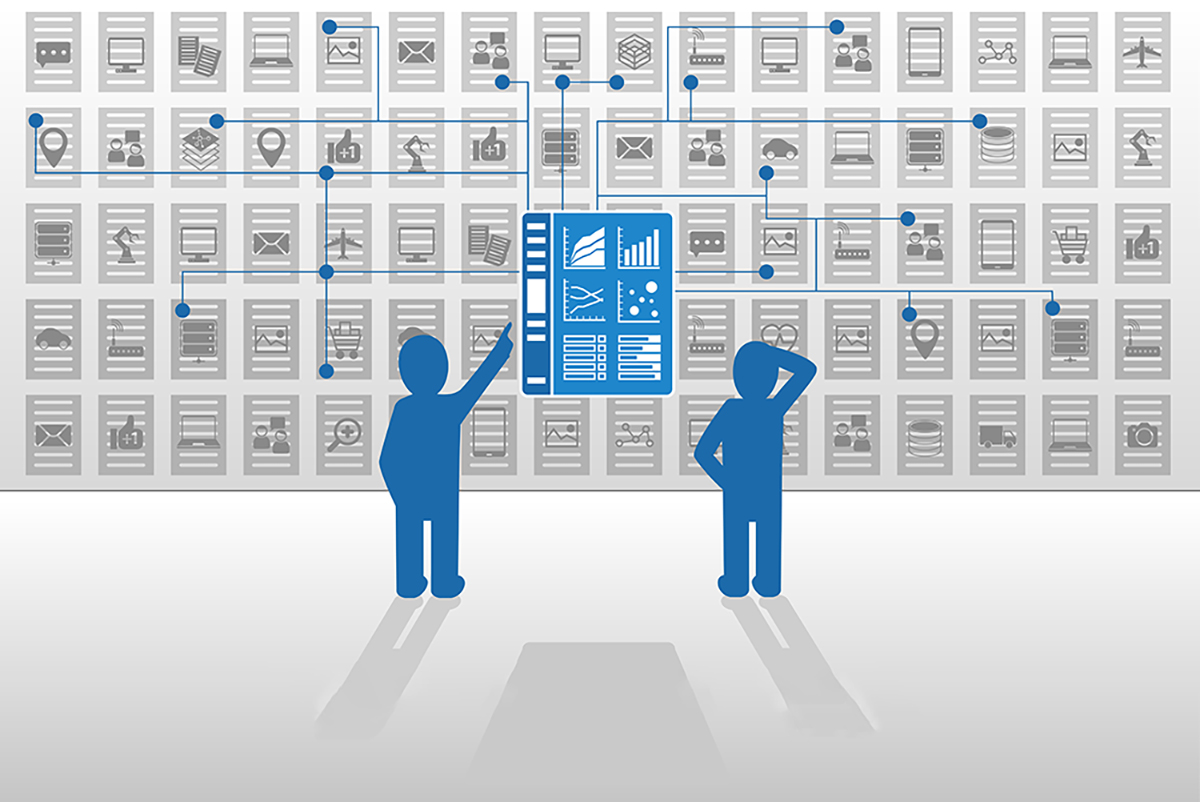
Predicting users' future behavior is a fundamental activity for a company's marketing manager, because it allows them to develop strategies that are much more effective and engaging than those, they could define without knowing in advance the "moves" of their potential customers.
But what are the main tools to intercept the user within his own purchasing path?
We start with the collection and analysis of huge amounts of data (Big Data analysis), which flow into a marketing automation software from a series of physical and virtual contact points (purchases in stores and online, phone calls / chats with service center operators , use of loyalty cards and so on).
The second step is to memorize and analyze all this information, making it understandable and therefore usable, this task can be entrusted to artificial intelligence through machine learning algorithms. These algorithms are designed to learn consumer buying trends, after monitoring their actions on the web and in physical stores and having them divided into groups with different consumption and behavior profiles (segmentation).
We try to understand better three innovative predictive analysis strategies.
Neuromarketing/biomarketing
Neural processes, emotions and biometric parameters are the foundation of those particular behavioral marketing solutions that come to know more deeply the mechanisms, very often irrational, that lead consumers to choose certain products rather than others.
The analysis of Big Data coming from communication/ interaction with customers is only part of the work; biomarketing aims to identify those mental and emotional processes that regulate purchase intentions, proposing changes to the design or packaging of products according to people's reactions to visual and sensorial stimulation.
Virtual reality based on marketing
In this case, simulations of real environments are used with VR (Virtual Reality) software to evaluate how users react to certain sensory experiences; there is a lot of talk about "immersive" technologies that can provide many useful elements to predict the behavior of people when they are in a store, supermarket, store.
Proximity marketing
This strategy aims to directly establish a connection between physical and digital world through a series of data collection sources.
The goal is to create an "intelligent" space able to communicate at various levels with people who go frequently that space. It can be a shop, a supermarket, or a museum, a train station, an airport; physical places that become laboratories where experimenting augmented reality technologies.
The starting point is always the Big Data analysis with algorithms that use artificial intelligence: collect information to know users closely, analyze their behavior, predict their future actions, send customized content.
In a multichannel platform of cognitive proximity marketing, data collected and stored are poured from multiple sources such as Wi-Fi networks, video cameras, beacons, motion sensors, Bluetooth.
How to track people movements in spaces covered by the various devices?
Let's imagine a large supermarket where the marketing department can count on this kind of data and information: which are the most visited shelves and those more ignored by customers in their routes inside the store, how long people stop in certain areas, the average number of Wi-Fi connections, the most searched products and so on.
At that point, the marketing manager will be able to study customer behavior in real time, understand their preferences, send push notifications with personalized content to users who have previously registered through an application on the phone or tablet (it is good to specify that the system allows to monitor also the passage of anonymous users who are not registered, thanks to for example the Wi-Fi sensors).
Knowing in advance the needs of groups of individuals, you can send special offers on certain products / services, discounts and promotions valid for a limited period, additional information that can stimulate the purchase of similar products, invitations to participate in initiatives / events organized by the store.
